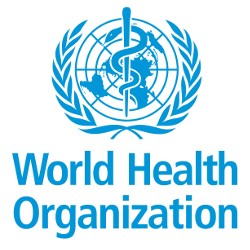WHO has released a substantial update to its COVID-19 information dashboard. It allows access to current and reliable data on COVID-19 cases submitted directly to WHO by countries. The upgrade was developed and supported by the WHO Technology for COVID-19 initiative, a pro-bono collaboration of technology companies, brought together by WHO to fight the pandemic.
A prominent new feature is the release of the mobile-friendly version. In addition, the dashboard has a clean and modern interface and several data visualization tools to better grasp the current status of COVID-19 as the situation unfolds.
Users will now be able to view:
New and confirmed cases and deaths globally with daily statistics.
Country-specific info by clicking on any country on the interactive map.
Interactive chart showing reported cases by WHO region including daily and cumulative statistics.
Confirmed cases and deaths, and changes over time in a specific country, region, or territory, on the interactive chart.
A new explorer tab designed to provide complex datasets for easy access and use. It allows users to select variables across three axis, which helps see correlations and relationships that can provide insights into COVID-19 and how communities are responding to it.
“It is critically important that all countries are able to report their COVID-19 situation. The updated WHO Dashboard will now provide more comprehensive insights about the epidemiology and response to COVID-19 at the global level.’’, said Oliver Morgan, Director of the Health Emergency Information and Risk Assessment Department.
“I thank the WHO team and the Sprinklr team, our pro-bono technology partner, for the development and launch of this platform in such a short time.”, said Bernardo Mariano Junior, Director of Digital health and Innovation, WHO. “This is a work in progress, and we will continue to update the platform with new data sets from national and sub-national level, as well as showing data of clinical trials, country-specific public health measures, and other important indicators.”



